About us
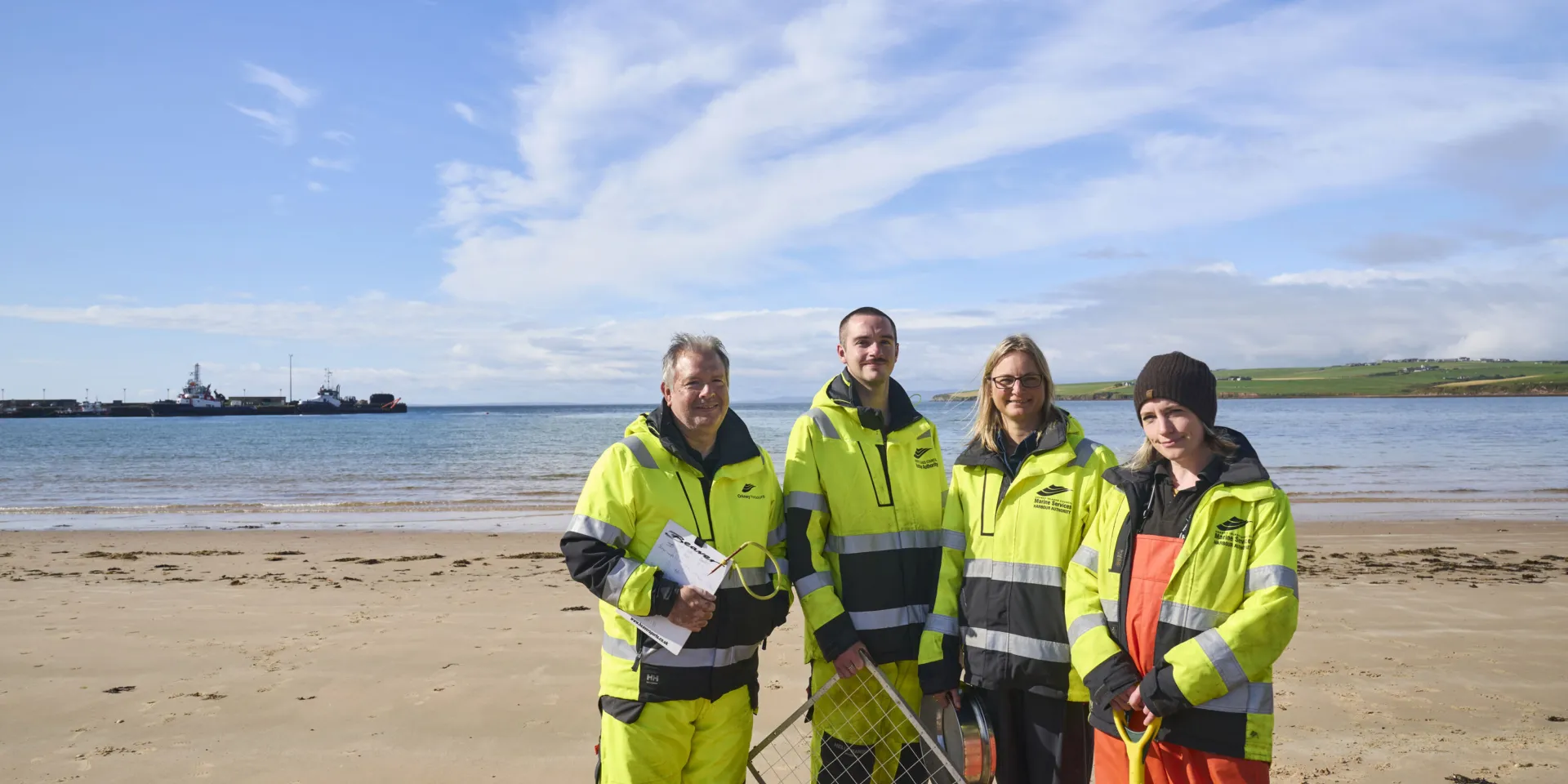
The Orkney Marine Biology Unit, now the Marine Environmental Unit (MEU), was set up in 1974 as a response to the proposed development of an Oil Terminal in Flotta. The units main purpose was to start a marine monitoring programme within Scapa Flow to establish a baseline against which any potential impacts could be measured against. Since then, the unit has continued to monitor the marine environment and shoreline of Orkney and provide sound scientific advice to Orkney Islands Council Harbour Authority.
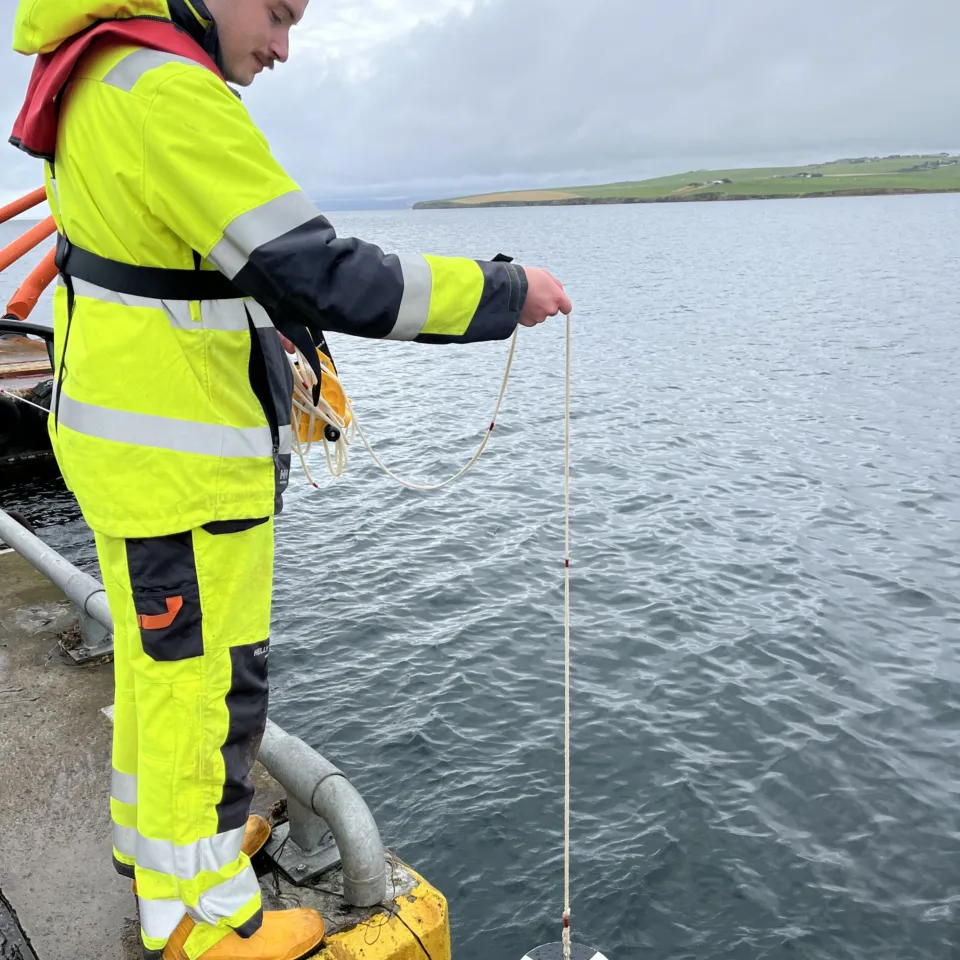
Since its inception the MEU’s role has expanded to include projects such as ballast water monitoring, marine non-native species monitoring, collaborative programmes and research, as well as both internal and external contract work.
As the MEU reaches the impressive milestone of 50 years in 2024, it continues to gather important information on the status of Orkney Islands marine environment and contribute to international marine research. The data it has amassed in this time is invaluable, not just for ongoing research and decision making, but to the foundation of Orkney’s sustainable future.
The unit will continue to build on the work of the last 50 years and look to find new ways to evaluate and protect Orkney Islands marine environment, whilst providing cost effective support to the Orkney Islands Council decision making process.
The Marine Environmental Unit is a small team of four, consisting of a Team Manager and three Marine Environmental Unit Technicians.
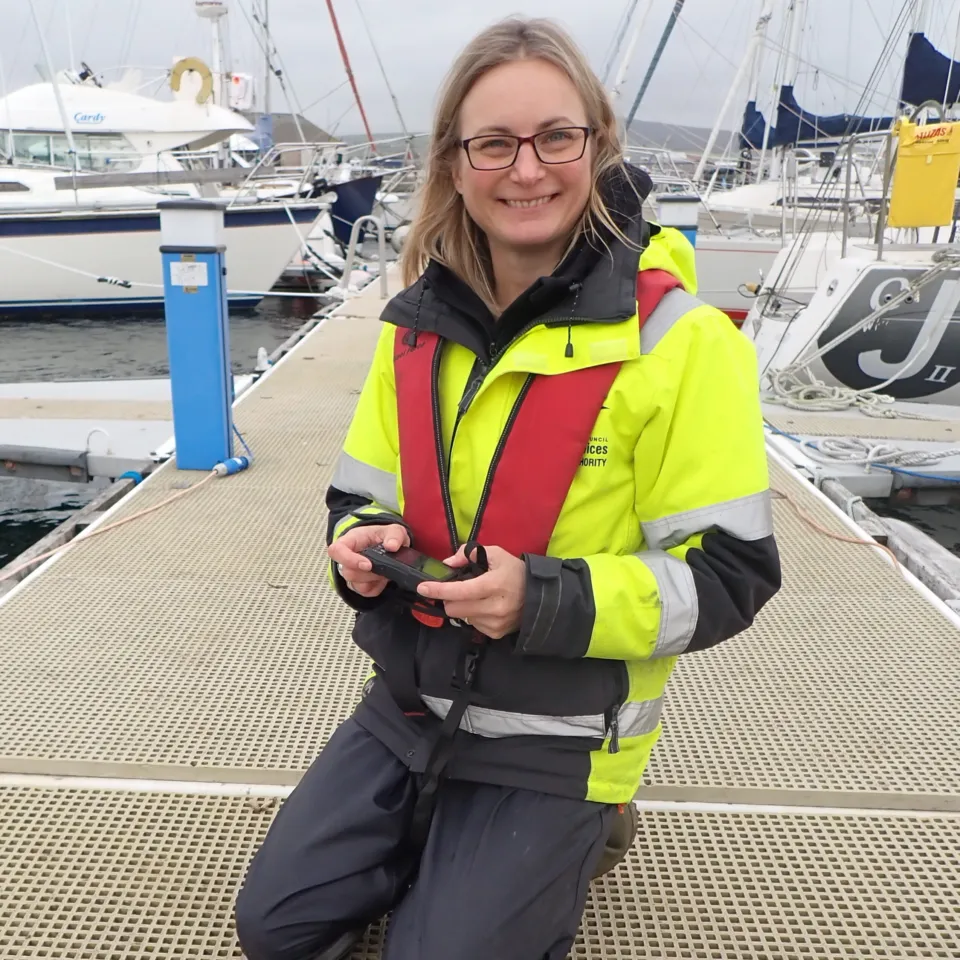
Dr Jenni E. Kakkonen
Team Manager Marine Environmental Unit
Jenni joined the MEU in 2007 as a Biologist. Since 2012 she has been managing the unit providing scientific leadership, co-ordination, and expertise to the councils marine ecological monitoring programmes and other scientific work carried out by the MEU.
Jenni has a BSc (Hons) degree in Zoology from University of Bristol, an MSc in Aquatic Ecosystems Management from Edinburgh Napier University and a PhD in Marine Biology from Heriot-Watt University.
Organisations Jenni is member of:
International Centre of Explorations of the Seas (ICES) Working Group Meetings:
- ICES/IOC/IMO Working Group on Ballast and Other Ship Vectors, and
- Introductions and Transfers of Marine Organisms.
Marine Invasive Non-native Species, Scottish Working Group
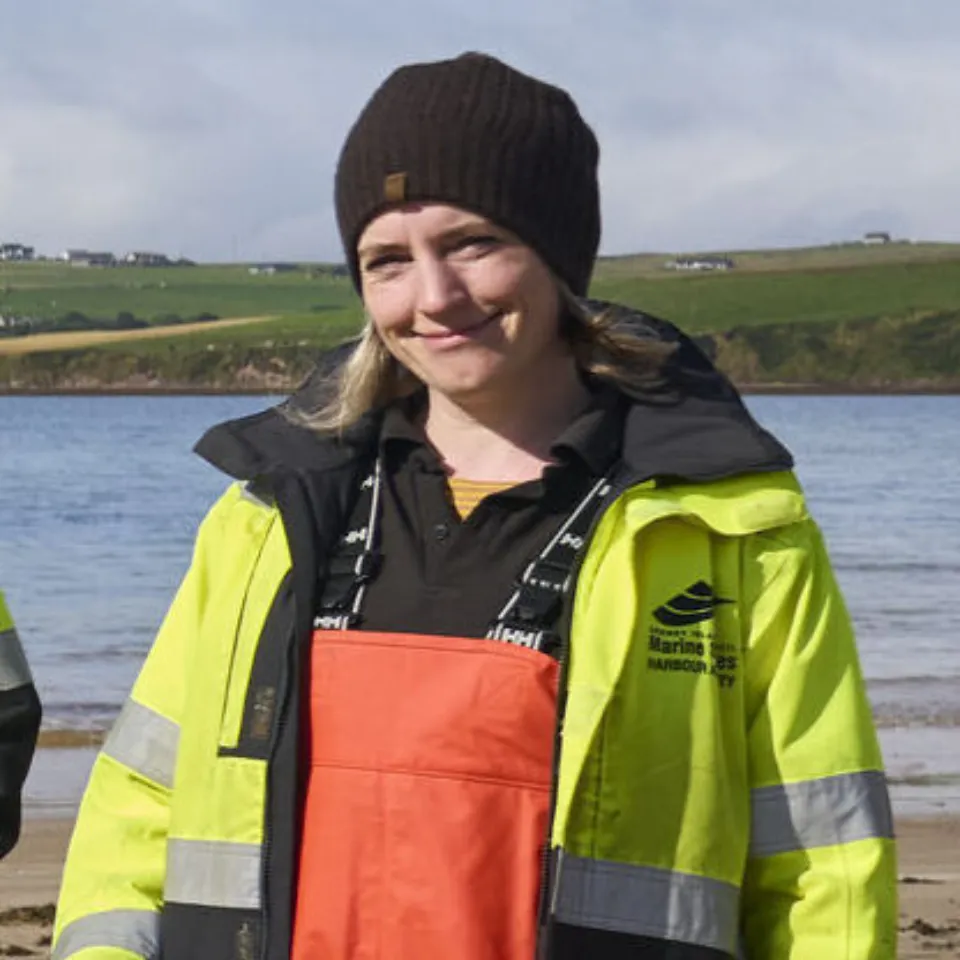
Katy Beaton
Marine Environmental Technician
Katy has been a technician at the MEU since 2010. She has a BSc (Hons) degree in Biology of Plants and Animals from Newcastle University.
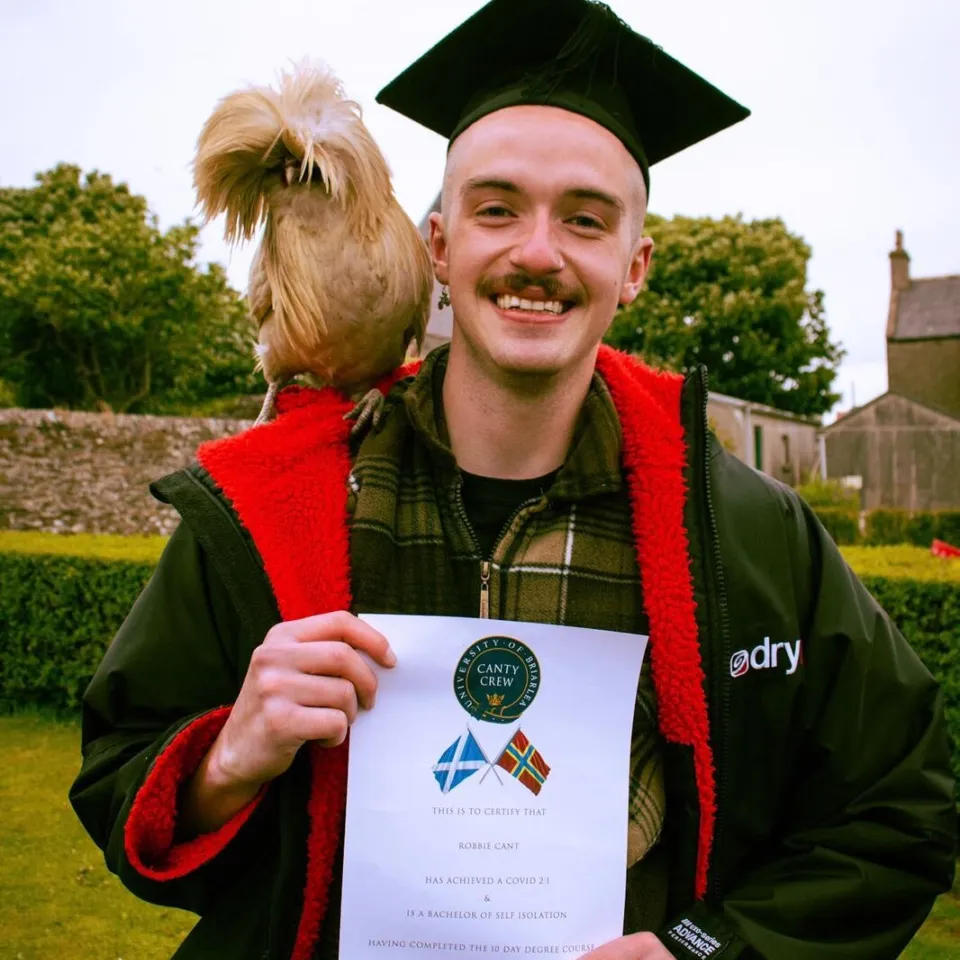
Robbie Cant
Marine Environmental Technician
Robbie originally came to the MEU when he was 17 for some marine science work experience during his 6th year at KGS. He continued to follow his passion for the subject graduating with a BSc (Hons) degree in Marine and Freshwater Biology from the University of Glasgow, with an exchange year at the University of Otago in New Zealand. He then went to work as a lobster hatchery technician and manager at Oceans On Land Technology on Lambs Holm producing European Lobster larvae for restocking wild lobster fisheries and providing aquaculture systems advice.
Since joining the MEU team in January 2023 Robbie has taken ownership of the day-day running of the ballast water project and enjoys developing his taxonomic identification skills through fieldwork and microscope work. In his spare time Robbie enjoys snorkelling, photography and anything to do with heavy metal music!
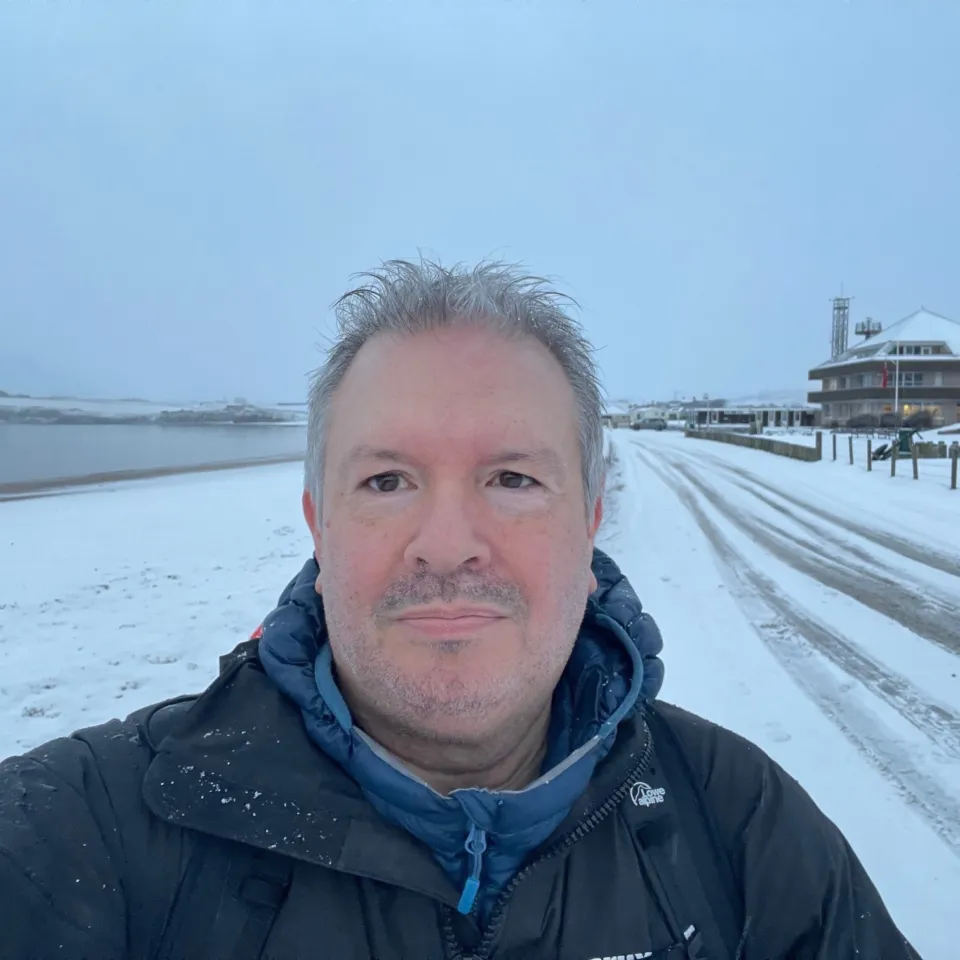
Neil Harvey
Marine Environmental Technician
Neil joined the team in January 2024 and has a BA (Hons) Degree in Environmental Science and Geography. He enjoys the variety that comes with working in the MEU and particularly likes getting out for fieldwork and sampling. His mum’s family are from Orkney, and he finally moved up to Orkney himself in 2022 after 50 years of enjoying Orkney as a visitor.
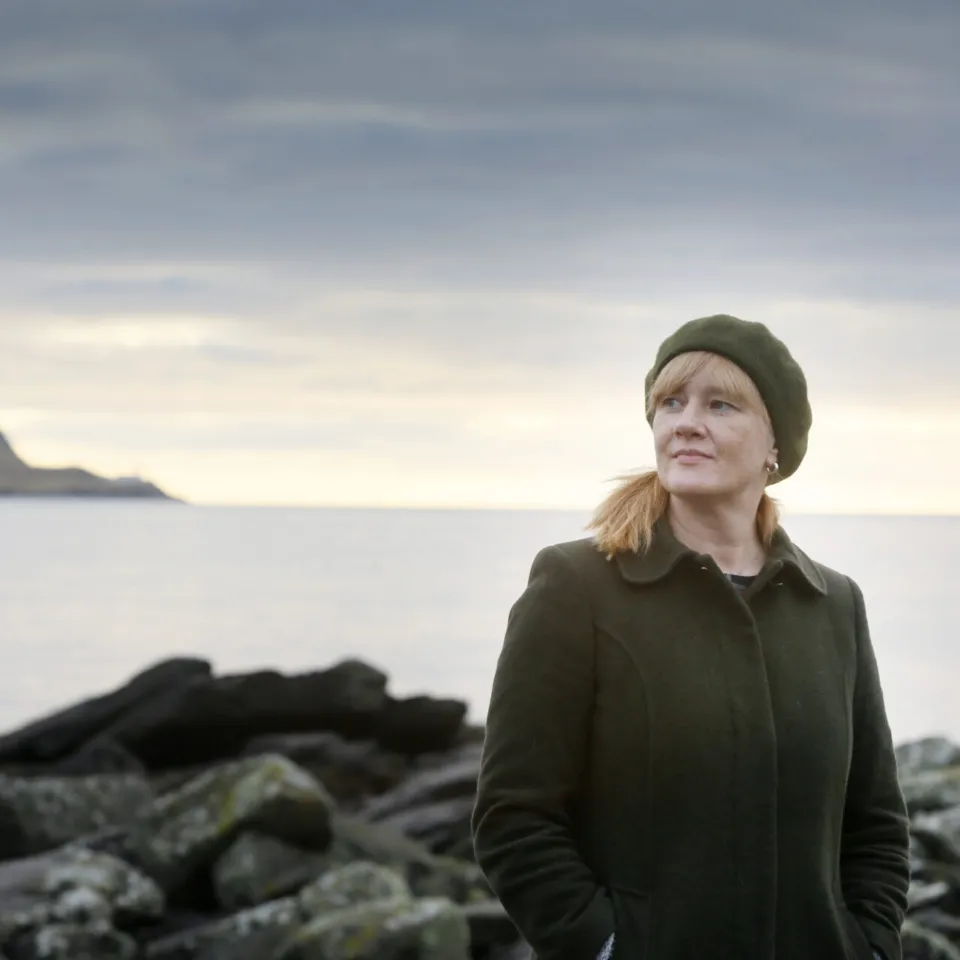
Robina Barton
KIMO UK Network Coordinator
Robina joined the team in April 2025 as the KIMO UK Network Coordinator. The KIMO network in the United Kingdom was formed in 1991 not long after the establishment of KIMO International. KIMO stands for Komunernes International Miljøorganisation or Local Authorities International Environmental Organisation. Robina is based in Shetland and her photo was taken by Angela Catlin.
Marine Environmental Unit Publications:
2024
Outinen, O., Bailey, S.A., Casas-Monroy, O., Delacroix, S., Gorgula, S., Griniene, E., Kakkonen, J.E. and Srebaliene, G. (2024) Biological testing of ships’ ballast water indicates challenges for the implementation of the Ballast Water Management Convention. Frontiers in Marine Science, 11, p.1334286.
2023
Want, A., Matejusova, I., & Kakkonen, J.E. (2023). The establishment of the invasive non-native macroalga Sargassum muticum in the north of Scotland. Journal of the Marine Biological Association of the United Kingdom, 103, E69.
2021
Want, A. and Kakkonen, J.E. (2021) A new range-extending record of the invasive sea squirt Styela clava in the north of Scotland. Marine Biodiversity Records, 14(1), pp.1-5.
Matejusova, I., Graham, J., Bland, F., Lacaze, J.P., Herman, G., Brown, L., Dalgarno, E., Bishop, J.D., Kakkonen, J.E., Smith, K.F. and Douglas, A. (2021) Environmental DNA based surveillance for the highly invasive carpet sea squirt Didemnum vexillum: A targeted single-species approach. Frontiers in Marine Science. Volume 8, article 728456.
Van Franeker, J.A., Kühn, S., Anker-Nilssen, T., Edwards, E.W., Gallien, F., Guse, N., Kakkonen, J.E., Mallory, M.L., Miles, W., Olsen, K.O. and Pedersen, J., (2021) New tools to evaluate plastic ingestion by northern fulmars applied to North Sea monitoring data 2002–2018. Marine Pollution Bulletin, 166, p.112246.
Outinen O, Bailey SA, Broeg K, Chasse J, Clarke S, Daigle RM, Gollasch S, Kakkonen JE, Lehtiniemi M, Normant-Saremba M, Ogilvie D. (2021) Exceptions and exemptions under the ballast water management convention–Sustainable alternatives for ballast water management? Journal of Environmental Management 293, p. 112823
2021
Kakkonen, J.E. (2019) Sandy beach monitoring to detect impacts against a background of long-term trends and variability in intertidal macroinvertebrate communities: an Orkney case-study (Doctoral dissertation, Heriot-Watt University).
Kakkonen, J.E., Worsfold, T.M., Ashelby, C.W., Taylor, A. and Beaton, K. (2019) The value of regular monitoring and diverse sampling techniques to assess aquatic non-native species: a case study from Orkney. Management of Biological Invasions 10(1): 46-79,
2017
Blumenröder, J., Sechet, P., Kakkonen, J.E. and Hartl, M.G., 2017, Microplastic contamination of intertidal sediments of Scapa Flow, Orkney: a first assessment. Marine Pollution Bulletin, 124(1), 112-120,
Want, A., Crawford, R., Kakkonen, J., Kiddie, G., Miller, S., Harris, R.E. and Porter, J.S., 2017, Biodiversity characterisation and hydrodynamic consequences of marine fouling communities on marine renewable energy infrastructure in the Orkney Islands Archipelago, Scotland, UK. Biofouling 33(7): 567-579,
1990 - 1980
Atkins, S.M. & Jones, A.M., 1990, Studies on natural and anthropogenic influences on macrofauna of sandy shores at four sites in Orkney over a 15-year period. In Estuaries and Coasts: Spatial and Temporal Comparisons, Elliott M, Ducroroy JP (eds). ECSA Symposium, pp. 139-143, Olsen & Olsen, Fredensborg, Denmark.
Atkins, S.M., Simpson, J.A. & Jones, A.M., 1989, The importance of the seasonal component in sandy shore monitoring: Examples from low diversity habitats in Orkney. In J. McManus & M. Elliott (eds): Developments in Estuarine and Coastal Study Techniques, pp. 21-27, Olsen & Olsen, Fredensborg, Denmark.
Atkins, S.M., Jones, A.M. & Simpson, J.A., 1985, The fauna of sandy beaches in Orkney: a review. Proceedings of the Royal Society of Edinburgh, 87B, 27-45.
Jones, A.M., 1980, Monitoring studies associated with an oil reception terminal. Rapports et Proces Verbaux des Reunions, 179, 194-200.
Publications with Marine Environmental Unit collaboration:
2023
Roy and Carvalho (2023) Provision of horizon scanning and analysis of pathways of spread of invasive species into Scotland, Scottish Government, pp. 66.
2020
Bedford, J., Ostle, C., Johns, D.G., Atkinson, A., Best, M., Bresnan, E., Machairopoulou, M., Graves, C.A., Devlin, M., Milligan, A. and Pitois, S. (2020) Lifeform indicators reveal large‐scale shifts in plankton across the North‐West European shelf. Global Change Biology, 26(6), pp.3482-3497,
2017
Bresnan, E., Fryer, R.J., Fraser, S., Smith, N., Stobo, L., Brown, N. and Turrell, E. (2017) The relationship between Pseudo-nitzschia (Peragallo) and domoic acid in Scottish shellfish. Harmful Algae, 63:193-202,
2016
Angus, S. (2016) Monitoring and surveillance of a highly variable habitat: The challenge posed by Scottish saline lagoons. Regional Studies in Marine Science, 8: 20-26,